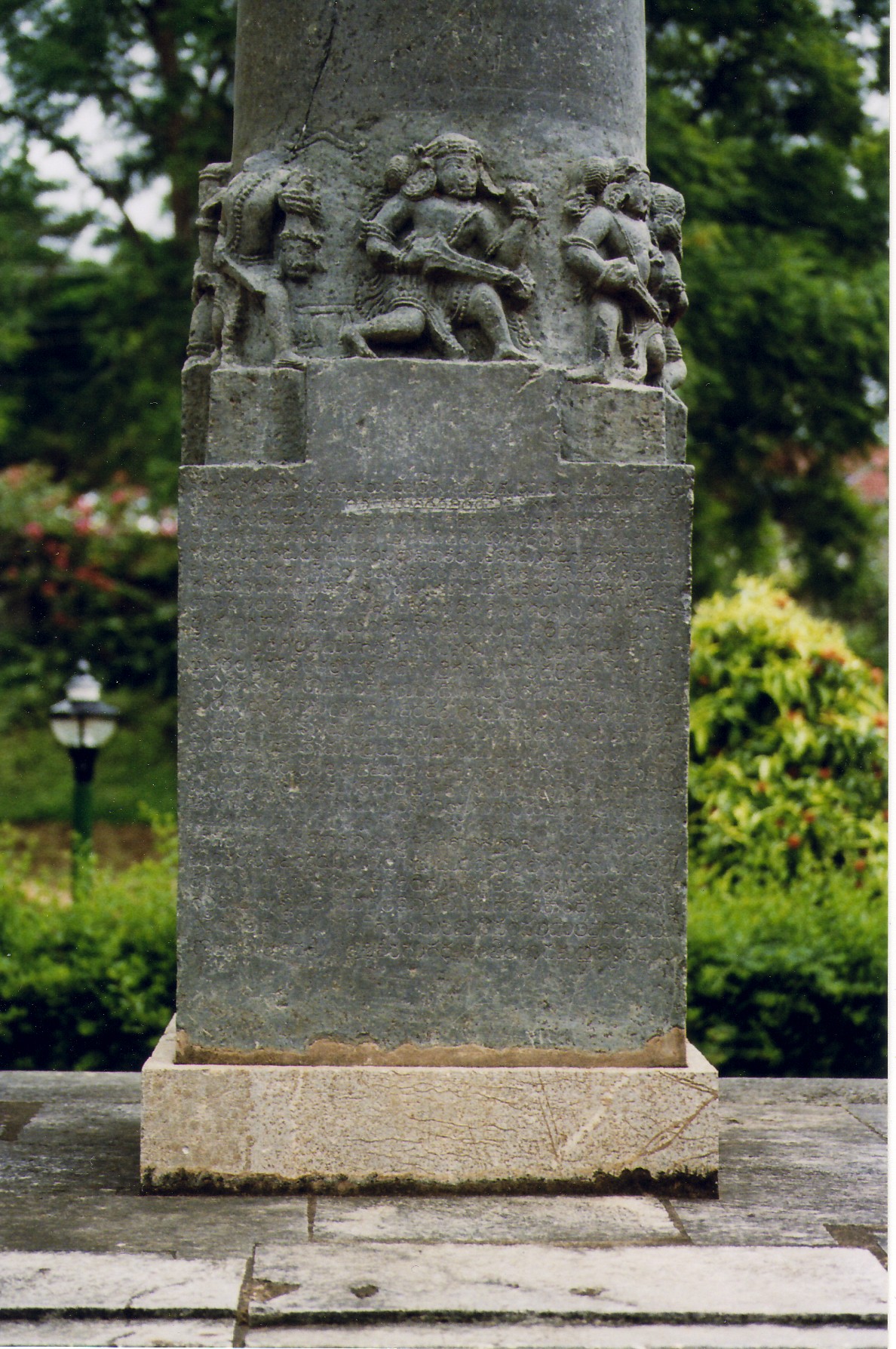|
Hoysala Administration
The Hoysala Empire ( kn, ಹೊಯ್ಸಳ ಸಾಮ್ರಾಜ್ಯ) was a notable South Indian Kannadiga empire that ruled most of the modern-day state of Karnataka between the 10th to the 14th centuries. The capital of the empire was initially based at Belur, Karnataka, Belur, and later transferred to Halebidu. Hoysala administration was influenced by the Western Ganga Dynasty whom the Hoysalas replaced in present-day South Karnataka and their early overlords, the Western Chalukyas. Administration The Hoysala administrative machinery had many similarities with that of the Western Chalukya and Western Ganga Dynasties in matters of cabinet and command, local governing bodies and division of territory into provinces and districts.''A Concise history of Karnataka'', pp. 130–31 Dr. S.U. Kamath. Several of the major feudatories of the Hoysalas were Vokkaliga, Gavundas of the peasant extraction. Some historians state that in the highly centralised Hoysala empire the king sought ... [...More Info...] [...Related Items...] OR: [Wikipedia] [Google] [Baidu] |
Hoysala Empire
The Hoysala Empire was a Kannada people, Kannadiga power originating from the Indian subcontinent that ruled most of what is now Karnataka, India, Karnataka between the 10th and the 14th centuries. The capital of the Hoysalas was initially located at Belur, Karnataka, Belur, but was later moved to Halebidu. The Hoysala rulers were originally from Malenadu, an elevated region in the Western Ghats. In the 12th century, taking advantage of the internecine warfare between the Western Chalukya Empire and Kalachuris of Kalyani, the Hoysalas annexed areas of present-day Karnataka and the fertile areas north of the Kaveri delta in present-day Tamil Nadu. By the 13th century, they governed most of Karnataka, minor parts of Tamil Nadu and parts of western Andhra Pradesh and Telangana in the Deccan Plateau. The Hoysala era was an important period in the development of South Indian art, architecture, and religion. The empire is remembered today primarily for Hoysala architecture; 100 survi ... [...More Info...] [...Related Items...] OR: [Wikipedia] [Google] [Baidu] |
